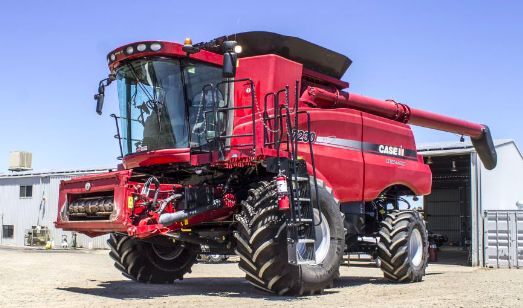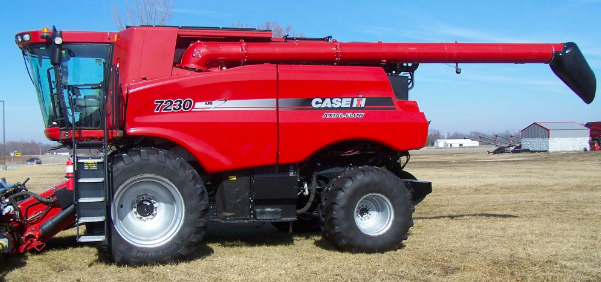Having problems with your Case IH 7230 Combine? Don't worry, you're not alone. This guide will help you identify and solve common issues with your Case IH 7230 Combine, so you can get back to harvesting with confidence. With the help of this guide, you'll be able to troubleshoot and resolve Case IH 7230 Combine problems efficiently.
🚀Recommended article: Case 1840 Problems
Troubleshooting and Resolving Case IH 7230 Combine Problems

This comprehensive guide provides step-by-step instructions to help you troubleshoot and resolve Case IH 7230 Combine Problems. From diagnosing and pinpointing the cause of the issue to finding the right parts and making the necessary repairs, this guide will help you get your combine back up and running in no time. Learn how to identify common problems, troubleshoot and diagnose issues, find the right parts, and make the necessary repairs to get back to harvesting with confidence.
Harvesting Difficulty
Harvesting with a Case IH 7230 Combine can be difficult if the machine is not in good working order. Common issues that can arise include clogged filters, worn or broken belts, and improper settings. To ensure a successful harvest, it is essential to inspect the combine for any potential problems before starting the harvesting process.
Clogged Filters
Clogged filters can cause the Case IH 7230 Combine to run inefficiently and reduce the amount of grain that can be harvested. To avoid this issue, it is important to regularly clean or replace the filters as recommended by the manufacturer. Additionally, make sure to inspect the filters for any signs of damage or wear, as this can lead to the filters clogging more quickly.
Worn or Broken Belts
Worn or broken belts can cause the Case IH 7230 Combine to operate inefficiently or stop working altogether. In order to avoid this issue, inspecting the belts regularly and replacing them when necessary is essential. Additionally, make sure to check the belts for any signs of wear or damage, as this can lead to the belts breaking or slipping more easily.
⚡️Other article: Jeep Grand Cherokee Transfer Case Problems
Improper Settings
Improper settings can cause the Case IH 7230 Combine to operate inefficiently or even cause damage to the machine. To avoid this issue, checking the settings regularly and making any necessary adjustments is essential. Additionally, read the operator's manual to ensure all the settings are correct for the harvesting task at hand.
With the help of this guide, you can quickly identify and resolve Case IH 7230 Combine Problems. Whether it's a clogged filter, a worn or broken belt, or improper settings, this guide will help you diagnose and resolve the issue quickly and efficiently.
Key Takeaways for Troubleshooting Case IH 7230 Combine Problems
- Inspect the combine for any potential problems before harvesting.
- Clean or replace filters regularly to avoid clogging.
- Inspect belts regularly and replace them when necessary.
- Check settings regularly and make adjustments as needed.
- Read the operator's manual for the correct settings for the harvesting task.
💥See also: Case Ih 3020 Flex Header Problems
Tips for Avoiding Future Trouble with Your Case IH 7230 Combine
It is important to remember that the best way to avoid problems with your Case IH 7230 Combine is to be proactive. Regularly inspecting and maintaining the combine can help to ensure that it is in good working order and ready for harvesting. Additionally, it is essential to read the operator's manual and follow the instructions for proper settings and maintenance. With these tips, you can minimize potential problems and ensure a successful harvest season.
